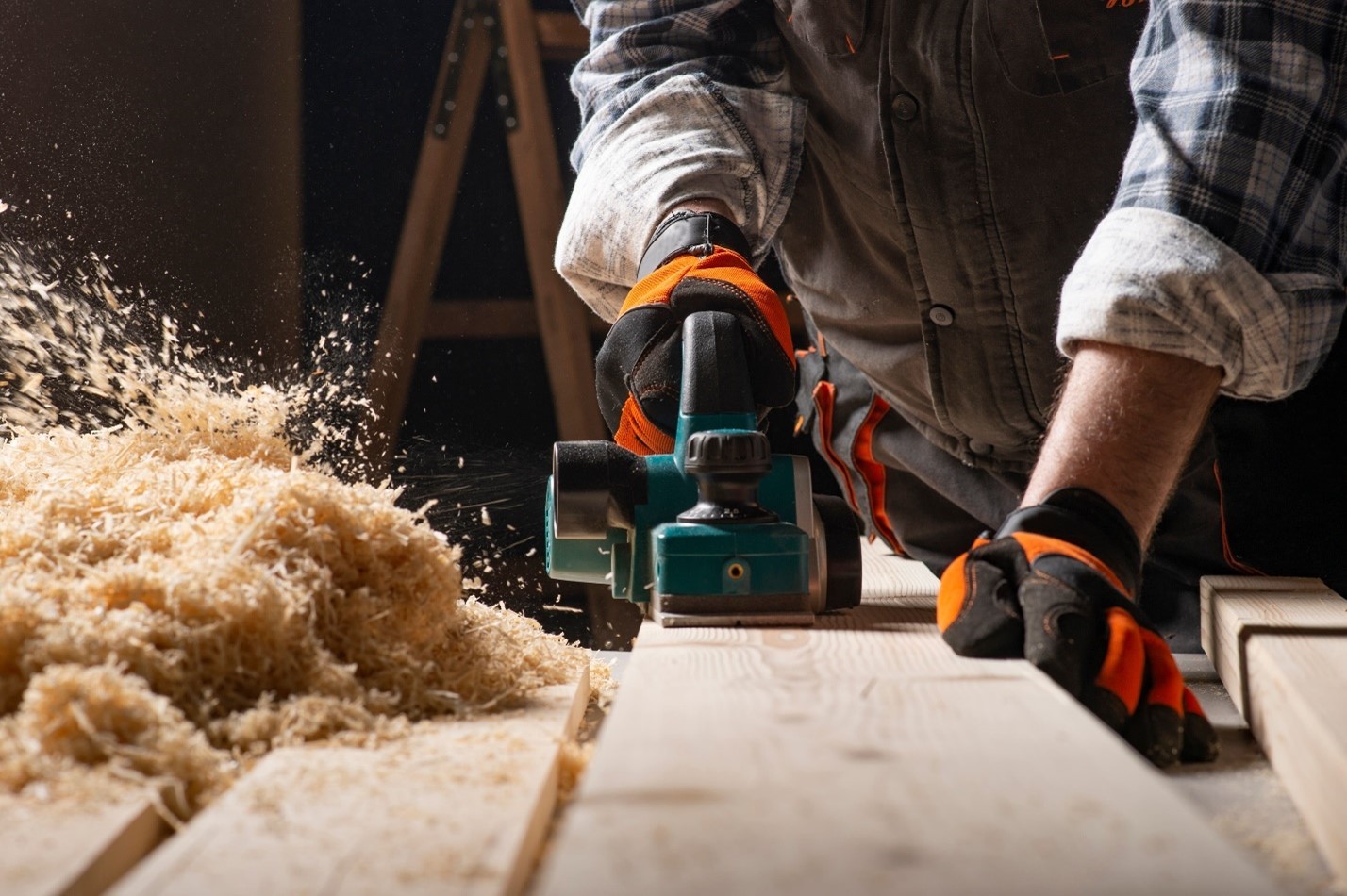
David Ohnstad of Minnesota believes that restoring antique furniture is a process that blends craftsmanship, patience, and a deep appreciation for history. For those who undertake this rewarding endeavor, the goal is to preserve the story that each piece tells while ensuring it can be enjoyed for years to come. David Ohnstad of Minnesota, a respected expert in antique furniture restoration, offers his guidance on how to repair, refinish, and preserve old wood pieces while maintaining their original charm.
The first and most crucial step in restoring antique furniture is to thoroughly assess its condition. David Ohnstad emphasizes the importance of understanding the extent of the damage before diving into the restoration process. This involves a close inspection of the furniture for any signs of structural damage, such as loose joints, cracks, or missing components. According to Ohnstad, identifying these issues early on will help you plan the restoration more effectively and avoid further damage.
For instance, if you discover loose joints, it’s essential to carefully disassemble the affected area. Using a high-quality wood adhesive, re-glue the joints, and use clamps to hold them in place until the glue cures completely. This step is vital in ensuring the longevity of the furniture, as it reinforces its structural integrity. As David Ohnstad of Minnesota advises, taking the time to properly address these foundational issues will make the subsequent steps in the restoration process much smoother.
Once the structural issues are addressed, the next step is to clean and prepare the wood surface for refinishing. Over time, antique furniture accumulates layers of dirt, grime, and old finishes that can obscure the natural beauty of the wood. David Ohnstad recommends starting with a gentle cleaning solution made from mild soap and water to remove surface dirt. It’s important to use a soft cloth to avoid scratching the wood during this process.
For furniture that has more stubborn residues or multiple layers of old finish, Ohnstad suggests using a solution of denatured alcohol and fine steel wool. This combination allows you to carefully strip away the old finish without damaging the wood beneath. According to David Ohnstad of Minnesota, this step is crucial in revealing the true condition of the wood and preparing it for the refinishing process.
Refinishing is perhaps the most transformative step in restoring antique furniture. It’s where the piece truly begins to come back to life. David Ohnstad emphasizes the importance of choosing a stain that closely matches the original color of the furniture to maintain its authentic appearance. Applying the stain evenly is key, allowing it to penetrate the wood before wiping away any excess to avoid blotching.
After the stain has dried, a protective finish must be applied to seal and protect the wood. Ohnstad recommends using shellac or varnish, depending on the type of wood and the desired finish. Thin, even coats should be applied, with light sanding between each coat to achieve a smooth, professional result. According to David Ohnstad of Minnesota, this meticulous approach to refinishing not only enhances the wood’s appearance but also protects it from future wear and tear.
Many antique pieces feature veneer, a thin layer of wood applied to the surface. Over time, this veneer can become loose or chipped, requiring careful repair. David Ohnstad advises carefully lifting the loose section of veneer and applying a thin layer of wood glue underneath. The veneer should then be pressed back into place with a clamp until the glue sets.
For areas where the veneer is missing, a patch can be cut from a matching wood species. This patch should be carefully glued into place, with the edges sanded to blend seamlessly with the surrounding area. According to David Ohnstad of Minnesota, veneer repair is a delicate task that requires patience and precision, but when done correctly, it can restore the piece to its original splendor.
One of the most important aspects of restoring antique furniture is preserving its original character. David Ohnstad emphasizes that restoration should enhance the piece’s historical and aesthetic value, not erase it. This means retaining as much of the original material as possible, including the hardware.
Rather than replacing old hardware, Ohnstad suggests cleaning and polishing it to restore its shine. If replacement is necessary, it’s crucial to source period-appropriate hardware that matches the original design. By doing so, you maintain the piece’s authenticity and historical significance. As David Ohnstad of Minnesota points out, the goal is to breathe new life into the furniture while keeping its story intact.
Sometimes, the wear and imperfections on antique furniture add to its charm and historical value. In these cases, David Ohnstad advises that the best course of action might be to leave the original patina intact. The patina is the natural finish that develops on wood over time, and it can tell a story of the piece’s journey through the years.
David Ohnstad of Minnesota encourages woodworkers to appreciate the history embedded in each piece, recognizing when it’s appropriate to enhance rather than completely restore. By preserving the patina, you allow the furniture to retain its character and continue telling its unique story.
Restoring antique furniture is more than just a craft; it’s an art form that requires respect for the past and a vision for the future. With the expert guidance of David Ohnstad of Minnesota, anyone can learn to transform old, worn-out furniture into beautiful, functional pieces that continue to be cherished for years to come. By following these steps—assessing the condition, cleaning and preparing the wood, refinishing with care, repairing veneer, preserving character, and knowing when to preserve the patina—you can breathe new life into antique wood pieces, ensuring their legacy endures.